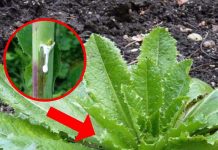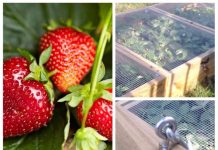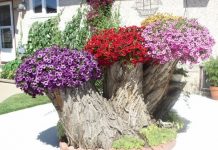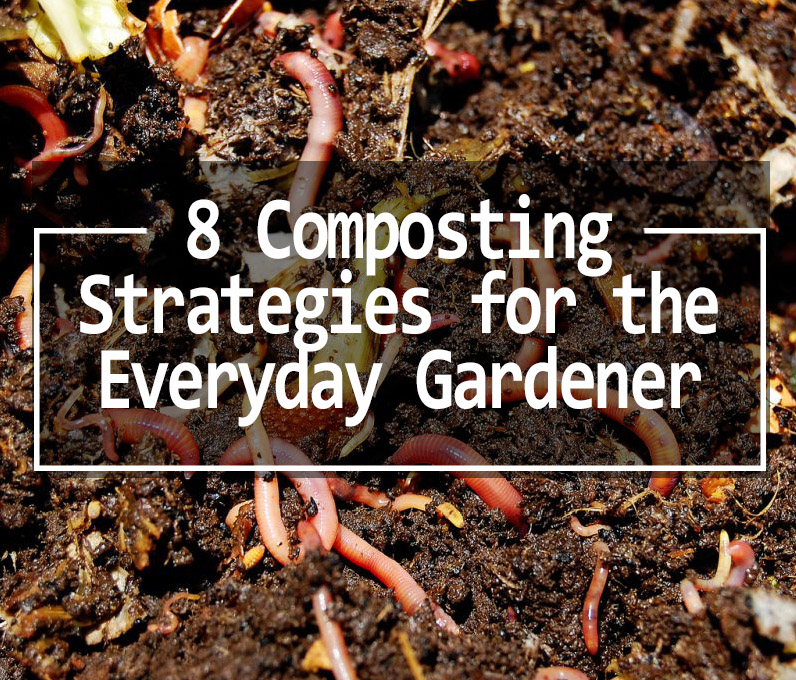
In the garden, the most important foundation is the quality of your garden soil. It must contain nutrients to support the growth of your vegetable plants and produce. Without a nutrient rich soil, even the best seeds you can get or cultivate will do produce the plant you desire.
The results of your gardening work, your produce, depends entirely on the nutrients your soil contains. Experts report that your typical garden soil contains 5% or less of the needed nutrients for your plants. It may actually be less than that, down to 0% according to some horticulturalists.
In order to get these nutrient numbers higher you don’t need vast quantities of compost. Key is well aged compost with good composition. This will provide a great deal of nutrients to your soil.
Compost techniques:
Composting in a trench

This technique is ideal for performing after harvest or before planting, in the off season, when no plants are actively being cultivated. Make a trench (or hole) where you want it to be, about 18 inches deep. Take your compost items – grass clippings, leaves, scraps from the kitchen – and put them in the hole. Cover will the removed soil. And let nature do its work. By the time you are ready to plant, your compost in the trench will be ready, your soil now filled with the needed nutrients.
Composting in a pile
All you do for this is take all your composting items – as mentioned above – and put them into a pile. Keep it damp by occasional watering, use a pitchfork to turn it periodically so the entirety gets exposed to fresh air occasionally, as this helps the composting speed up. When it is all reduced to compost, it can be well mixed into the garden soil and added around your plants during the gardening season! Many gardeners find it most effective to have several compost piles going to provide maximum availability of nutrients over time.
Vermicomposting

This sounds very technical, but it is in actuality the production of worm poop (castings). Many expert gardeners report that this is the elite of compost. The process is fairly straightforward: provide the same materials as other composting techniques, the worms eat it, and they pass the worm castings, which many gardeners refer to as “gold” for gardening.
This is wonderful for container gardeners as it is a more practical way to mix with potting soil or peat to provide nutrients to those plants in a compact manner. It should be noted that it takes a fair bit of space to cultivate your vermicompost, so that must be considered if you want to make large quantities, less space if you need smaller amounts.
Sheet mulching (a.k.a. Lasagna Composting)

To add the lovely organic product back to your soil you will add thin layers of the composting items to the top of the soil where you would like the nutrients. You are essentially composting directly where your plants are. Other gardeners will use manure in sheet composting, and is used in farming but can also be used on a smaller scale in a more typical home garden.
Composting anaerobically
Organisms that love lack of oxygen (anaerobic organisms) break down compost materials well. It is perhaps a more “smelly” process, but works efficiently. It is the most simple way of making compost, can be done in little space, and will give you more output compared to the ingredients it needs than other methods. You will want to layer different composting ingredients according to colors – browns, greens and soil – in durable black garbage bag, closed securely and let them work quietly in a cooler spot in your preferred area. You can also use compost containers that are sealed to make them an anaerobic environment.
These enclosed composting containers will need to work for six month to produce excellent compost.
Closed bins
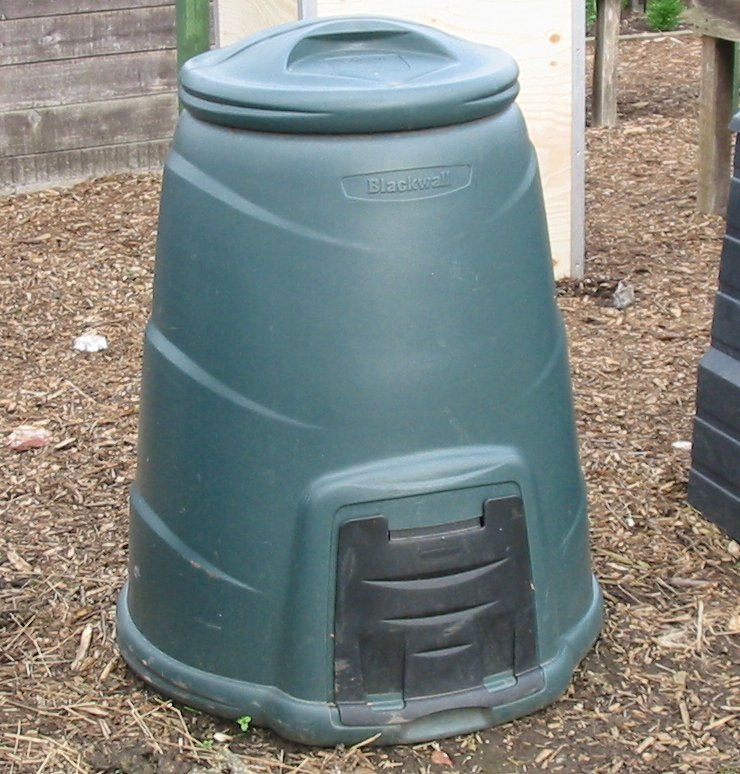
These are very popular in most populated areas, made from recycled plastic and can be found in a large variety of shapes with a lid, so you may choose whatever appeals to your space. These are primarily for cold composting and are difficult to use for hot composting as the temperature varies throughout. They can only contain enough material to fit, and there is not as much flexibility in size as other methods.
To remove mature compost from these bins can be more challenging, given their height above ground level at the top, but frequently a gardener will simply move the entire container to a different area. As these usually have an open bottom, composted materials will be left after you lift off the bin. You will want to put the top materials from the pile as a starter in the new area inside the bin and what is below is fully ready to use, decomposed and rich in nutrients.
Open bins
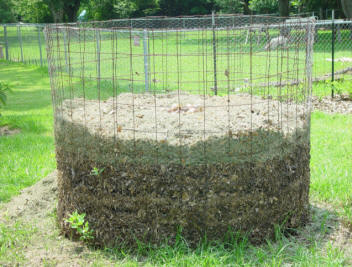
These can be used for hot composting or cold so is more flexible which many gardeners appreciate. A structured area is built with wire fencing, or wood, to provide you with a place for placing of your compost ingredients. These bins are left open for access for turning the materials, for removing the completed compost, and for encouraging good airflow which will speed up the decomposing process and making of good quality compost. You can make these as big or as small as you like, to accommodate your needs. If you make several bins, you can use them to move items around in hot composting.
Tumblers
With other methods there can be a great deal of labor involved to turn the decomposing ingredients, but tumblers were designed to take less work for the gardener. They are closed containers that are on a stand, held above the ground, and the entire tumbler can be turned to move all the interior ingredients and provide aeration. There is usually a handle for turning, or a simple way to roll the tumbler. DIYers have used 55 gallon drums or even a securely lidded plastic garbage can to make their own tumblers.
Temperature maintenance and regulation is difficult with this method, so hot composting is not preferred. Without the high temperatures of hot composting, as these use smaller volumes and cannot create the elevated temperatures, weeds and diseases are not killed off. Cold composting is more successful with tumblers. Since the composter doesn’t have access to the ground directly, dirt must be added, approximately a shovel full, to add to the microbes that help do the work of making your compost.

